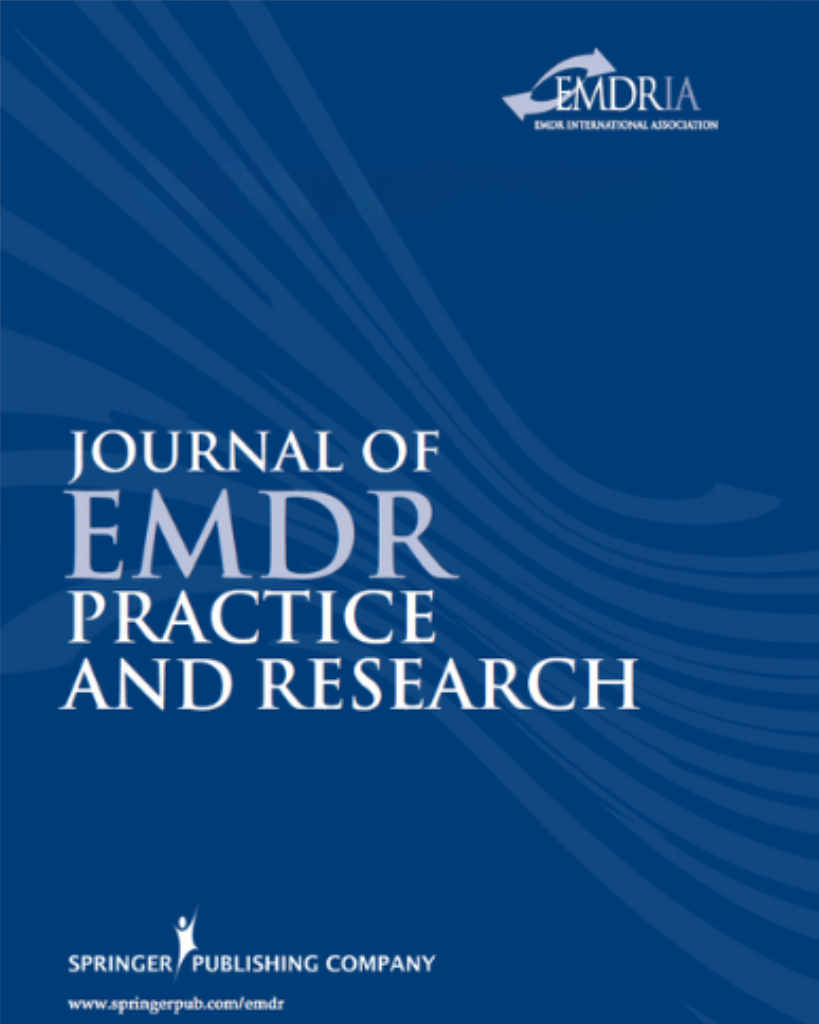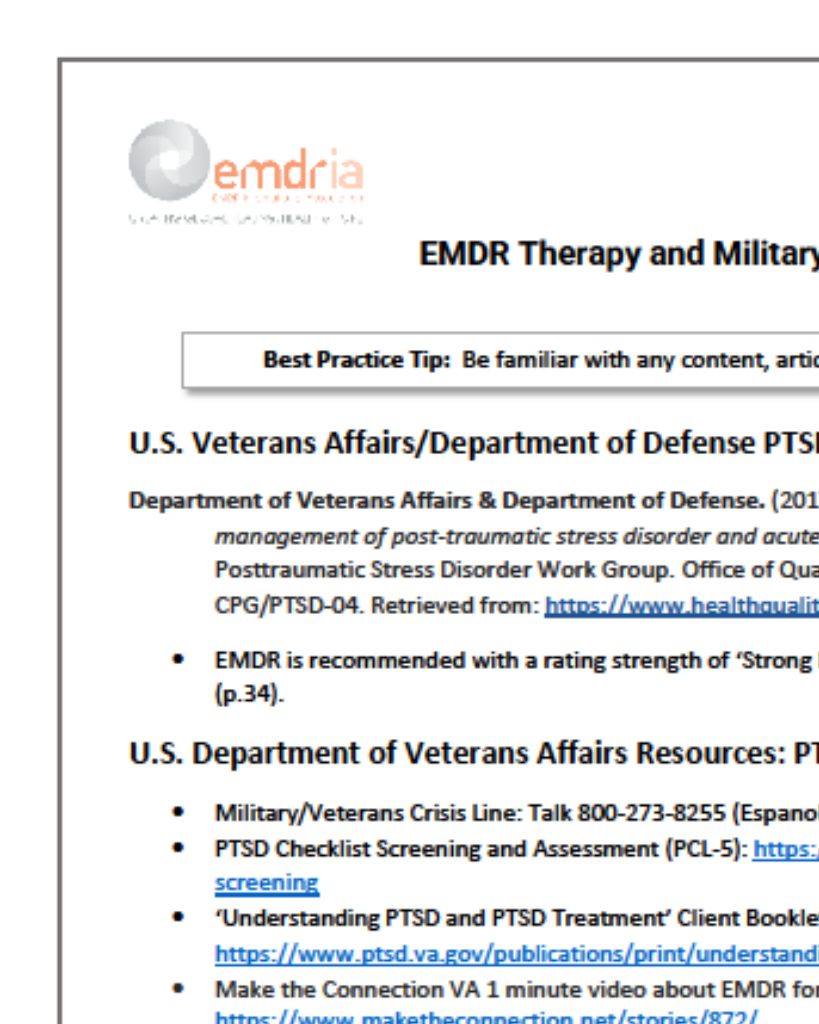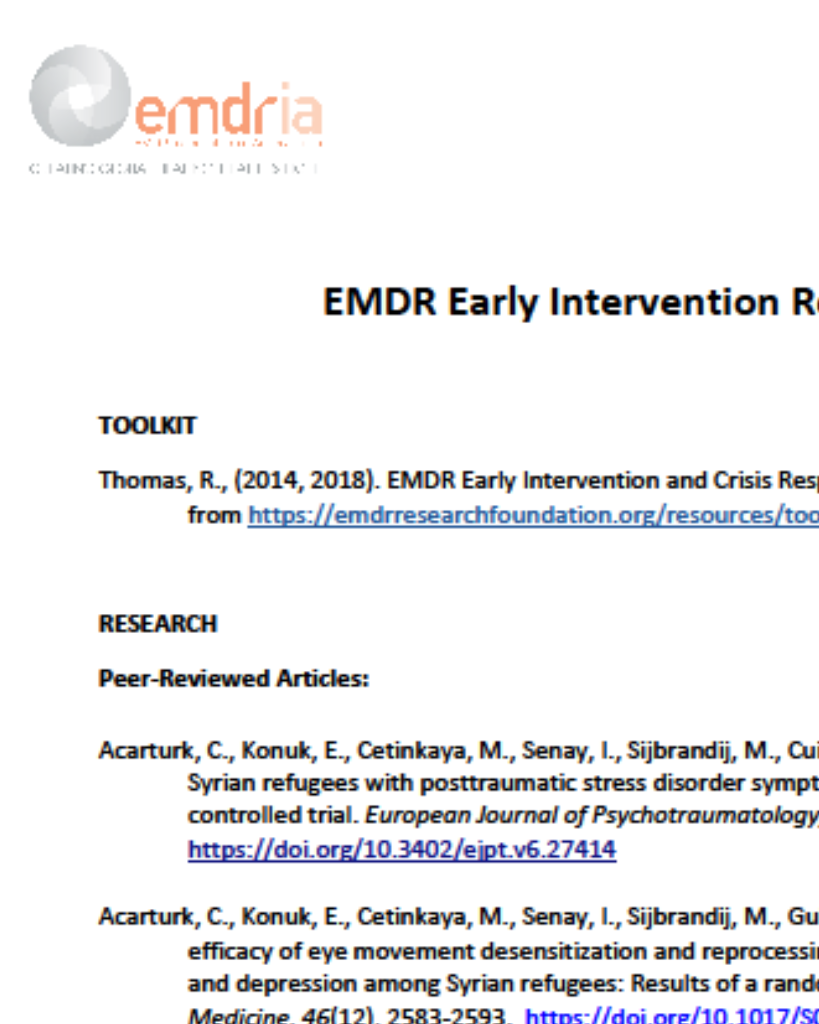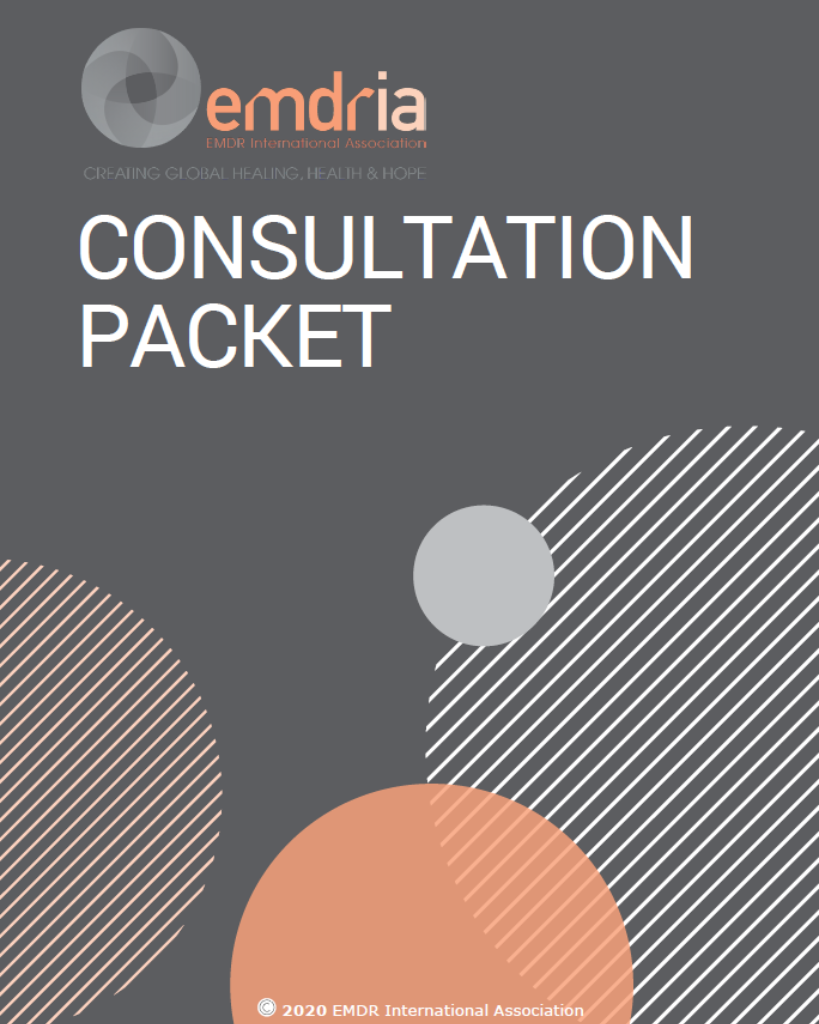EMDR and the Anxiety Disorders: Exploring the Current Status
Overview of the current empirical evidence on the application of EMDR for the anxiety disorders spectrum other than PTSD.
Article Abstract
“Based on the assumptions of Shapiro’s adaptive information-processing model, it could be argued that a large proportion of people suffering from an anxiety disorder would benefit from eye movement desensitization and reprocessing (EMDR). This article provides an overview of the current empirical evidence on the application of EMDR for the anxiety disorders spectrum other than posttraumatic stress disorder (PTSD). Reviewing the existing literature, it is disappointing to find that 20 years after its introduction, support for the efficacy of EMDR for other conditions than PTSD is still scarce. Randomized outcome research is limited to panic disorder with agoraphobia and spider phobia. The results suggest that EMDR is generally more effective than no-treatment control conditions or nonspecific interventions but less effective than existing evidence-based (i.e., exposure-based) interventions. However, since these studies were based on incomplete protocols and limited treatment courses, questions about the relative efficacy of EMDR for the treatment of anxiety disorders remain largely unanswered.”
—Description from publisher
Article Access
Open Access
de Jongh, A., & Broeke, E. T. (2009). EMDR and the Anxiety Disorders: Exploring the Current Status. Journal of EMDR Practice and Research, 3(3), 133–140. https://doi.org/10.1891/1933-3196.3.3.133
About the Journal
Journal of EMDR Practice and Research (JEMDR) is a peer-reviewed publication devoted to integrative, state-of-the-art papers about EMDR therapy. It is a broadly conceived interdisciplinary journal that stimulates and communicates research and theory about EMDR therapy and its application to clinical practice. JEMDR is the official publication of the EMDR International Association.
Date
August 1, 2009
Creator(s)
Ad de Jongh, Erik ten Broeke
Topics
Anxiety/Panic/Phobias, Compulsive Behaviors
Extent
8 pages
Publisher
Springer Publishing Company
Rights
Copyright © 2009 EMDR International Association
APA Citation
de Jongh, A., & Broeke, E. T. (2009). EMDR and the Anxiety Disorders: Exploring the Current Status. Journal of EMDR Practice and Research, 3(3), 133–140. https://doi.org/10.1891/1933-3196.3.3.133
Series
3
Installment
3
Audience
EMDR Therapists
Language
English
Content Type
Peer-Reviewed
Original Source
Journal of EMDR Practice and Research
Access Type
Open Access





